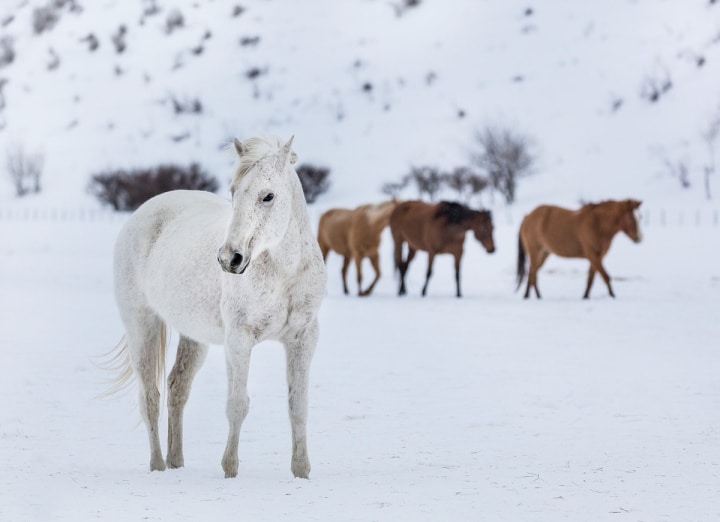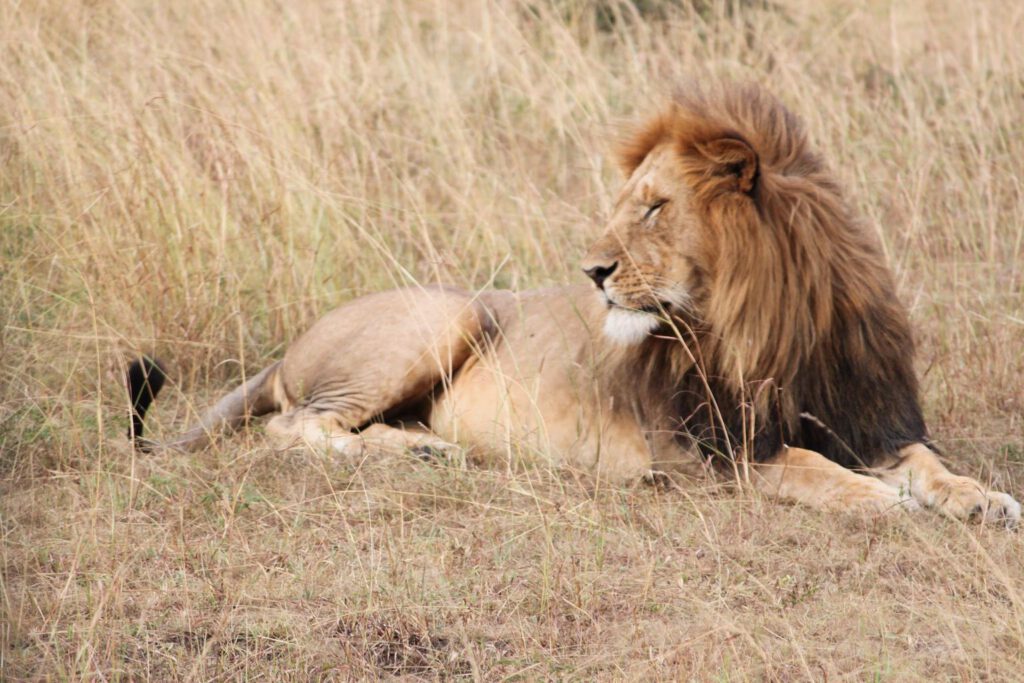Wildlife Photography
Welcome to the world of wildlife photography! If you’ve ever wanted to take pictures of animals in their natural habitat, you’ve come to the right place. In this article, we will be exploring some of the tips and tricks for wildlife and animal photography that will help you take better photos of wild animals.
- Use a telephoto lens to photograph animals from a distance and avoid disturbing them. This will allow you to capture the animals in their natural habitat without getting too close to them. With the telephoto lens you can take close ups without getting too close to the animal.

- Use a tripod to stabilize your camera and prevent it from shaking. This will help you to get sharper images.
- Do not use flash. Flashlight will scare animals. Some will run away if they are scared and some will attack. It is better to use natural light.
- Keep It Natural: Take a step back and get a wide view of the animal in its natural habitat, rather than trying to capture it in some forced, posed way.
- Shoot in RAW. Natural light will not always give you the best results. By shooting in RAW you will have the possibility to adjust the colors and contrast of your photos later on.
- Know your settings. Some animals are more difficult to photograph than others. You should know the settings for your camera and lens before you start taking pictures.

- Know your subject and the environment. Do some research of the behavior of the animal you are photographing. If you know the animal well, you will know how it will interact with the environment and you will know, how close you can get to it without disturbing or scaring it.
- The last tip for wildlife photography is to be patient. You will get the shot eventually. Be patient and wait for the right moment to take the photo.
The world of wildlife photography is a exciting one. There are so many animals that you can photograph and learn so much about them. The best way to learn is to just get out there and start taking pictures. The first few times out may not be the best pictures, but with a little practice, patience and a good understanding of the basics, you will be taking fantastic photos of animals in no time.
Are you a wildlife photographer? Than submit your best wildlife photos to IMACRES Awards.




